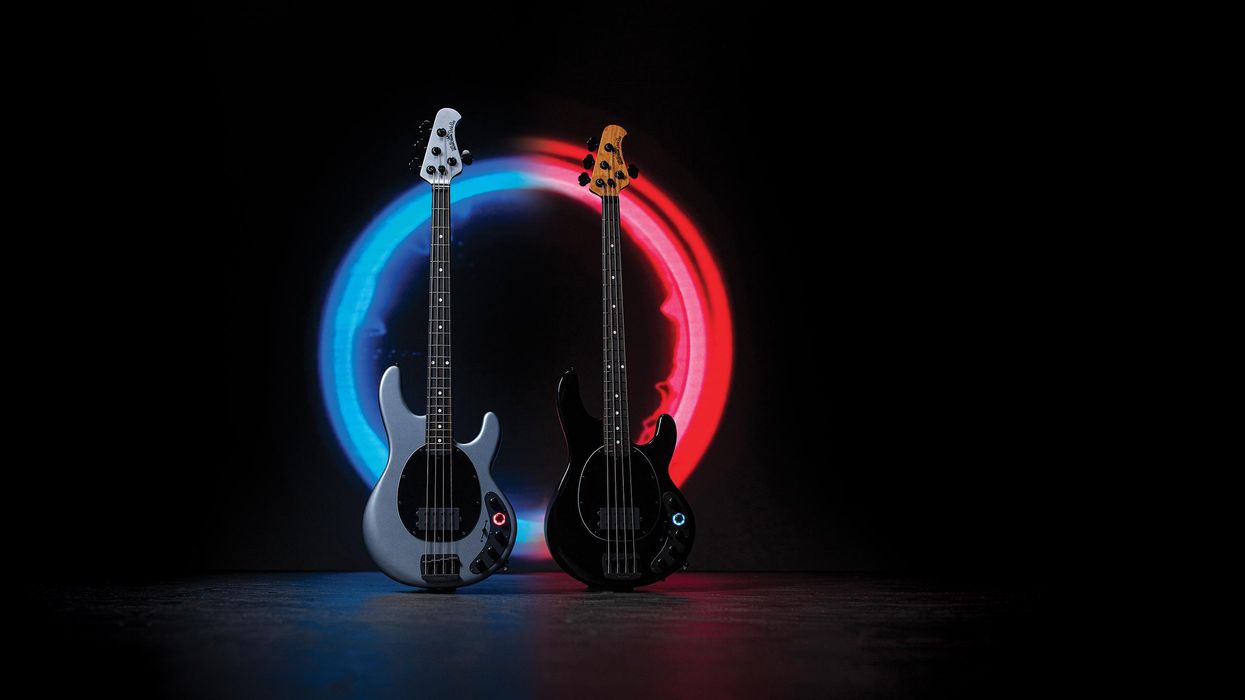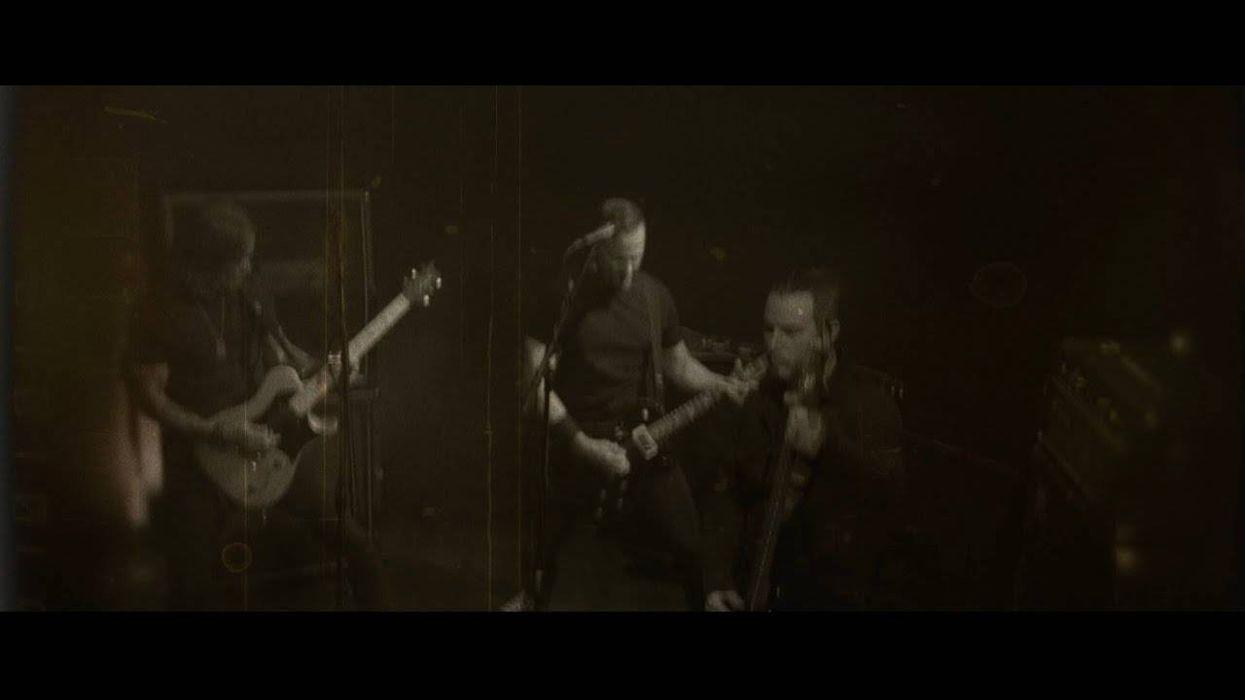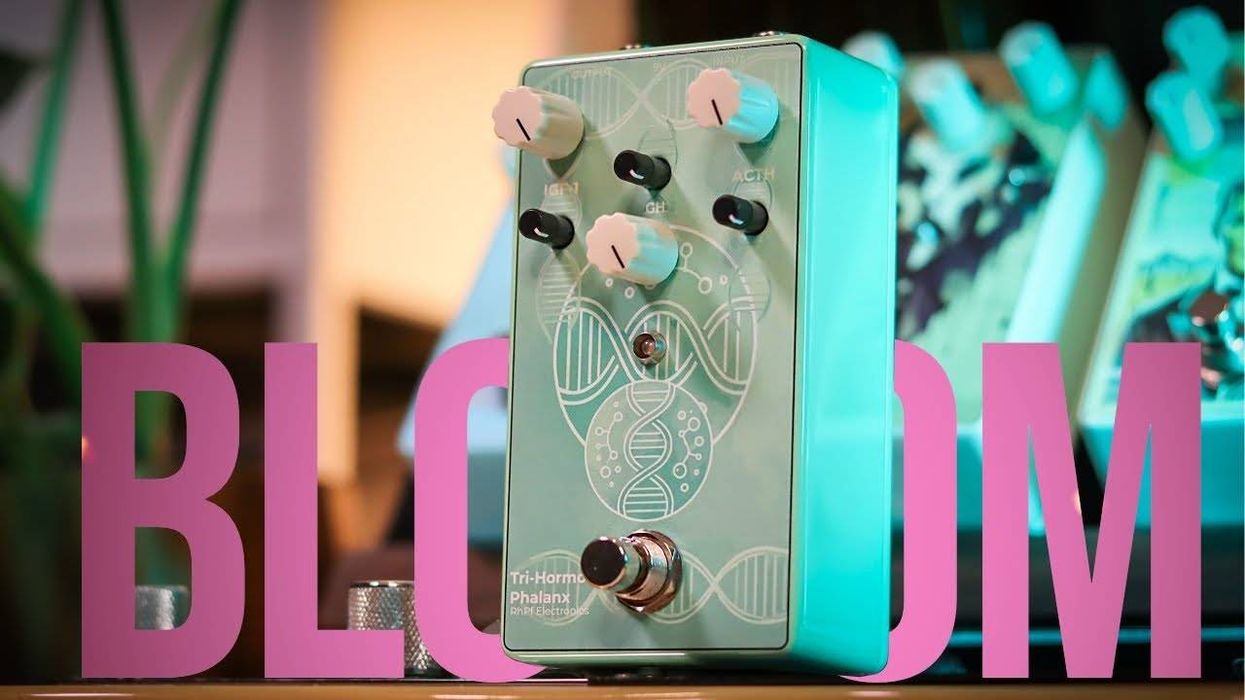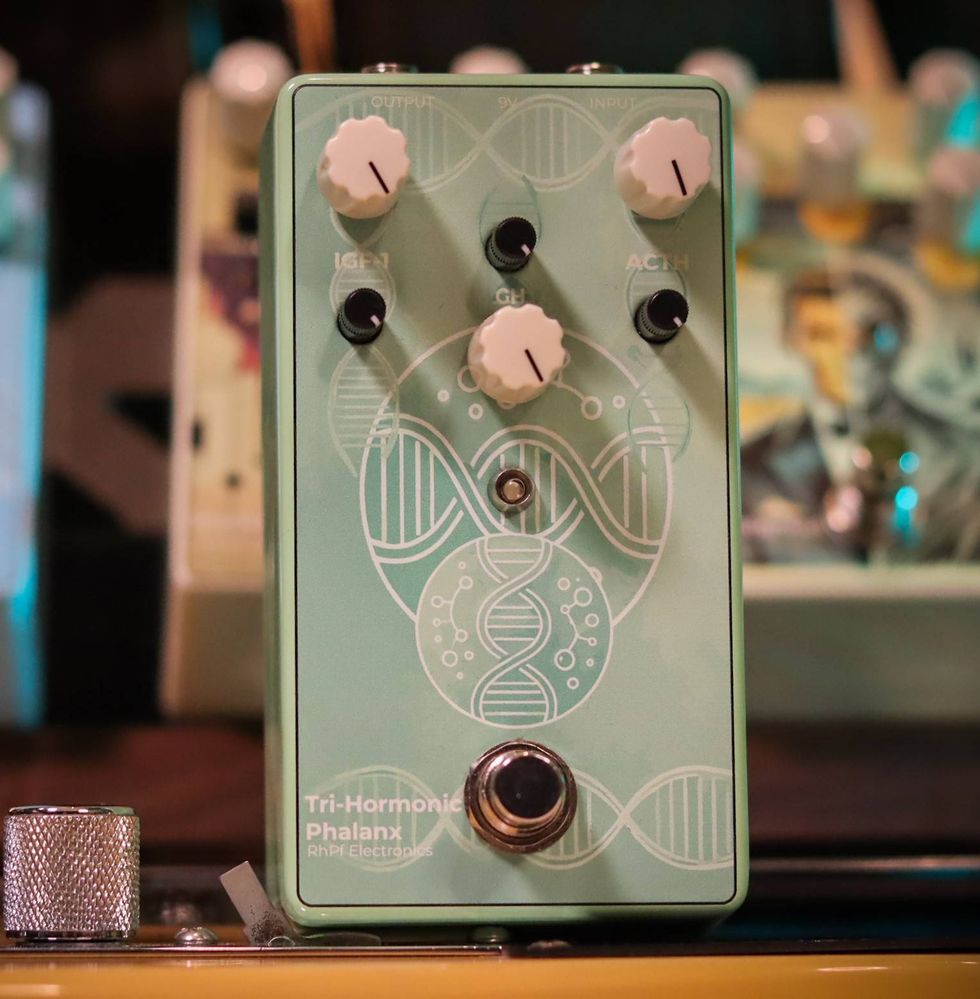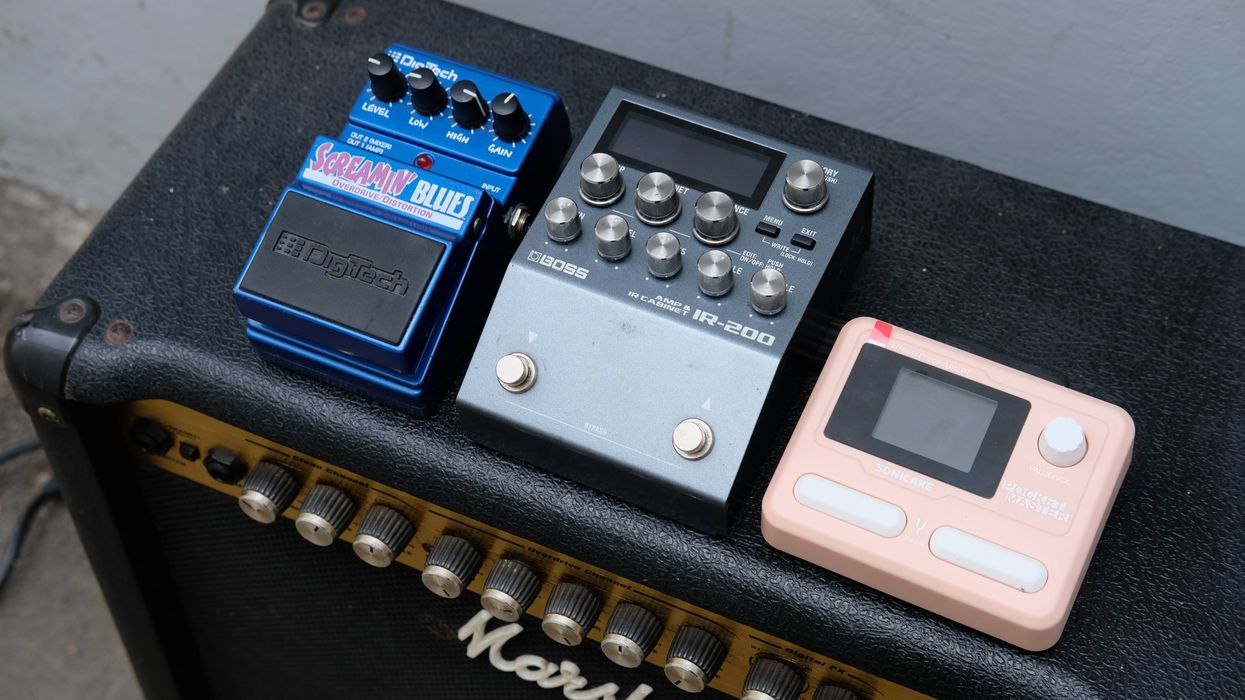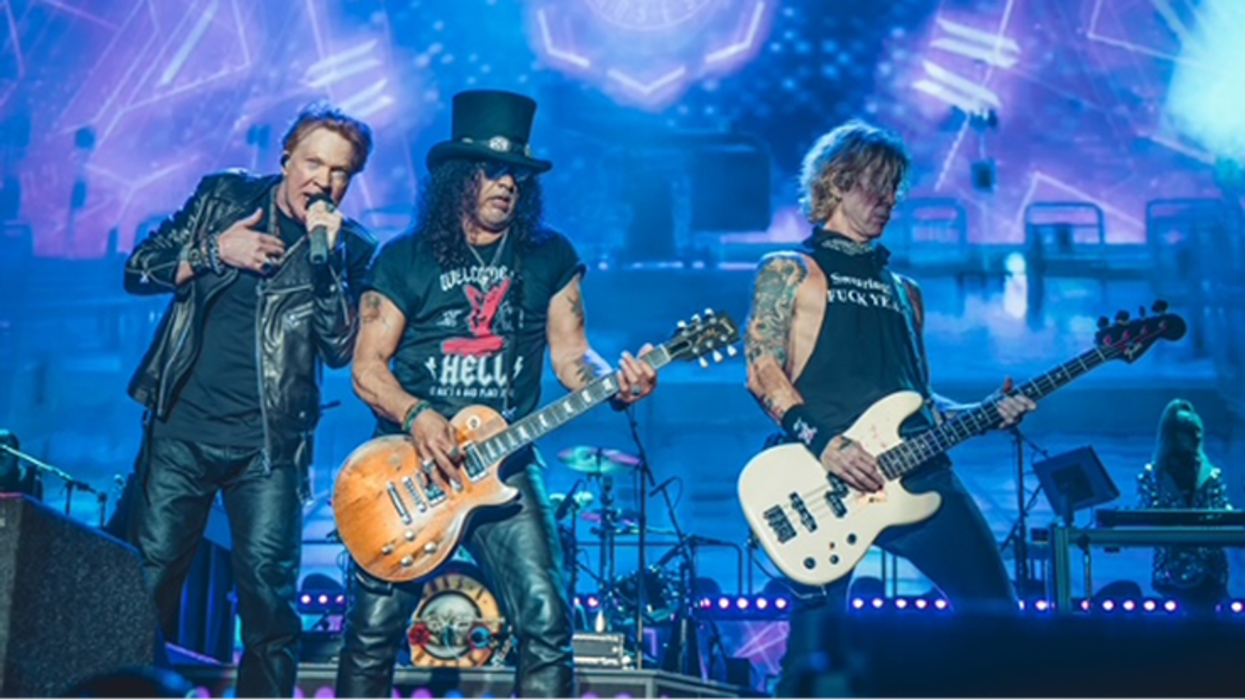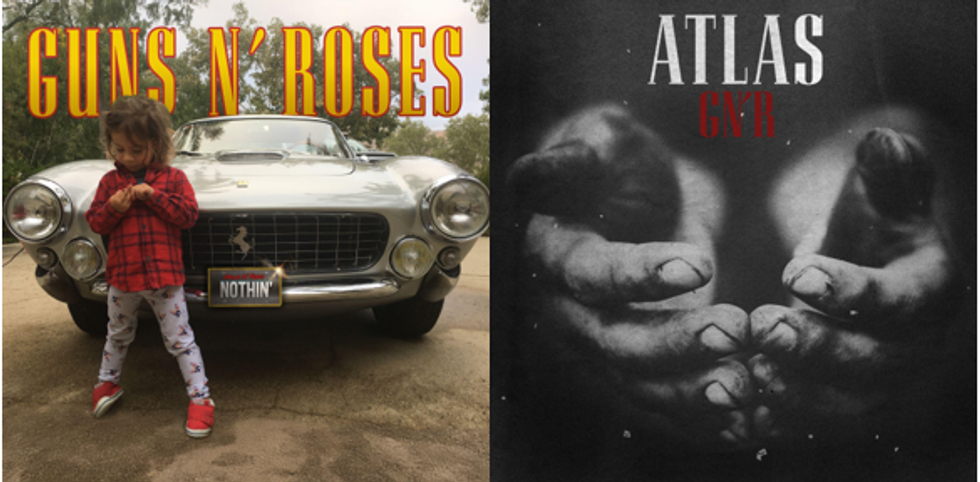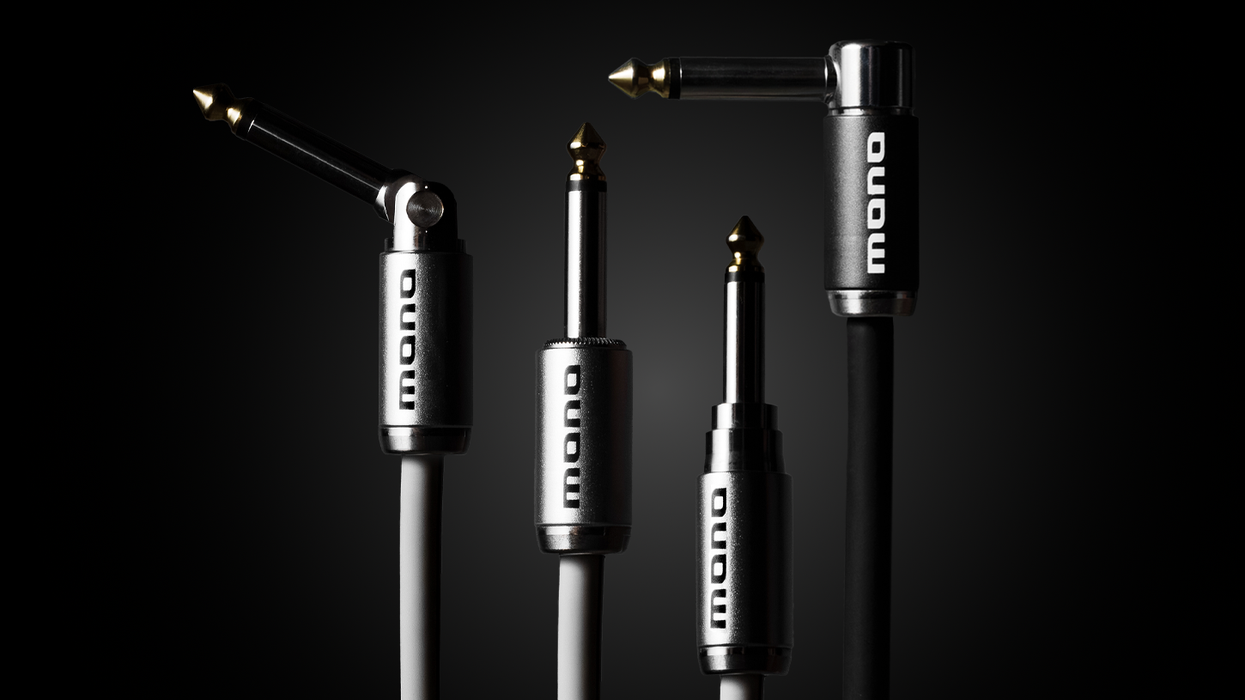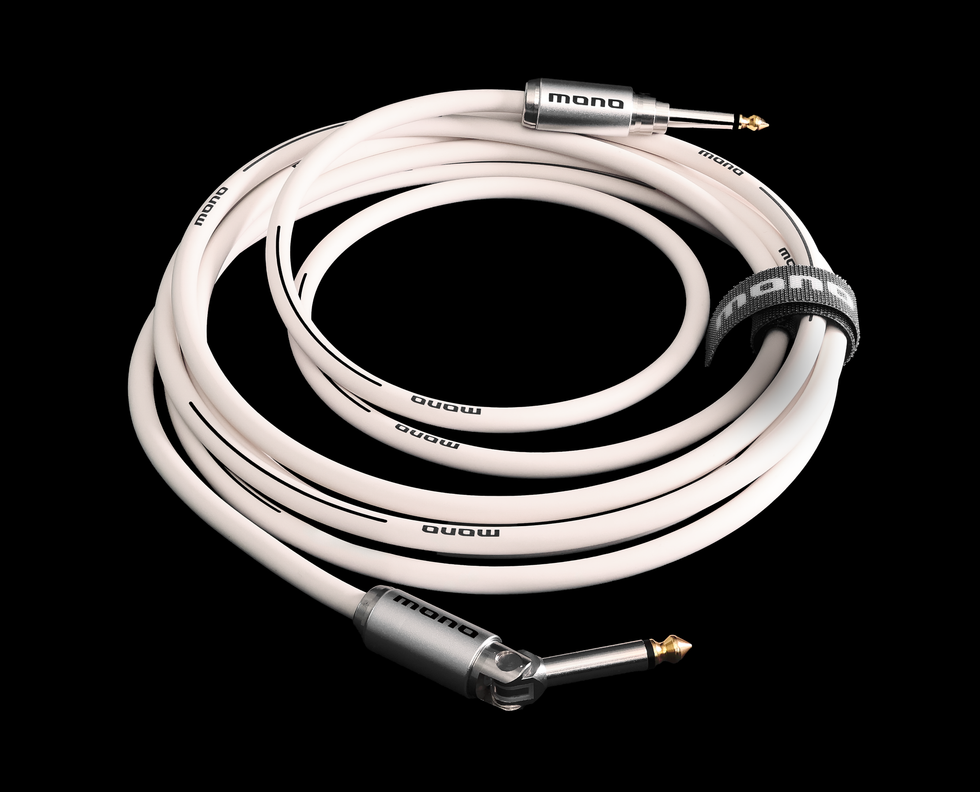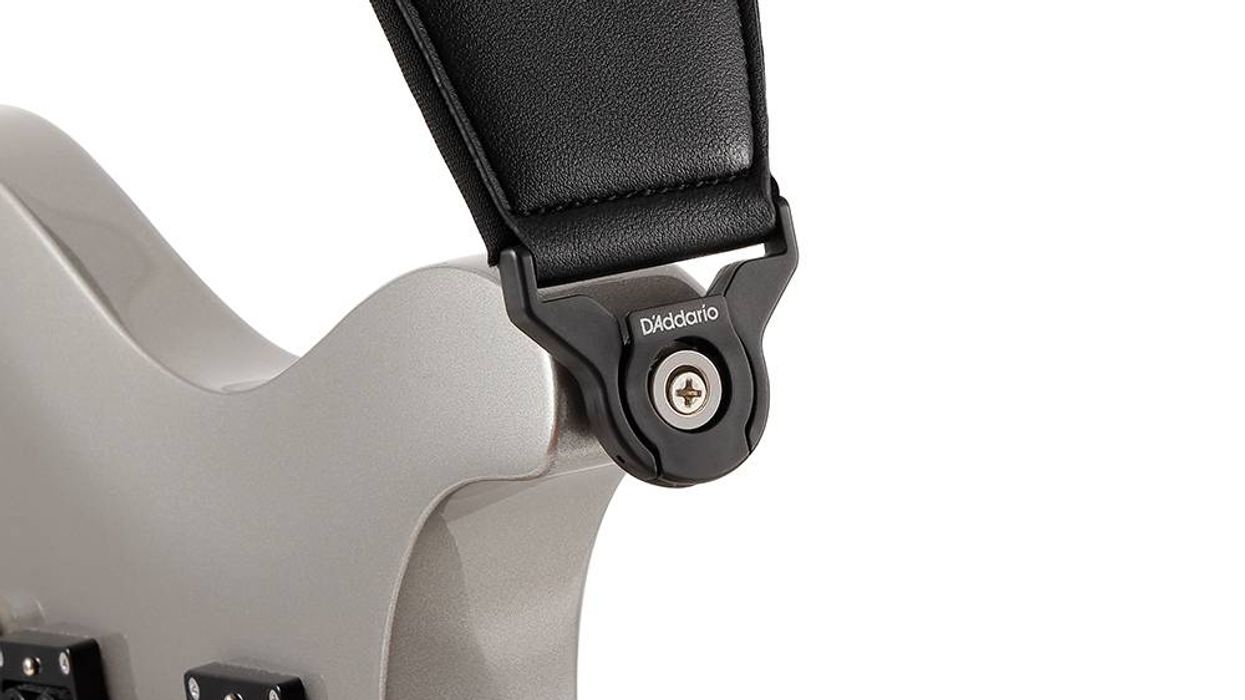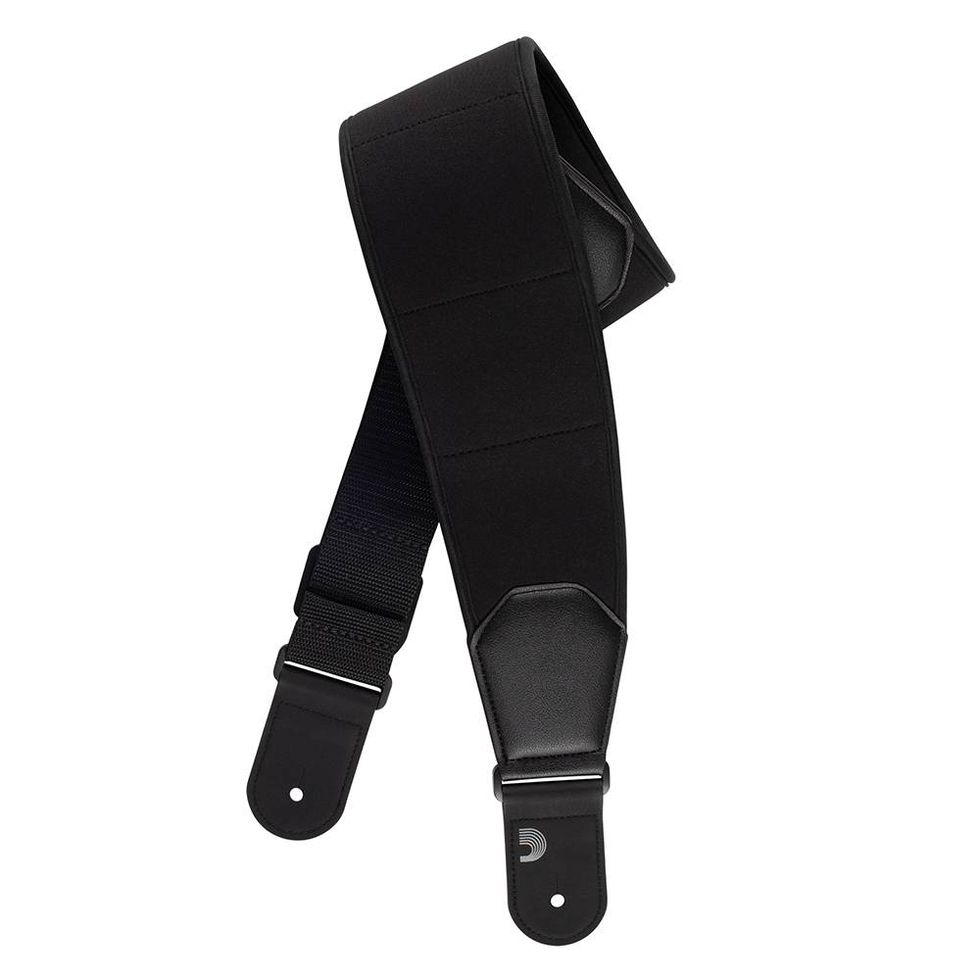New for 2021, Ernie Ball Music Man is pleased to announce the all-new DarkRay 4 string bass. Designed in collaboration with world-renowned bass accessory manufacturer Darkglass Electronics, the DarkRay Bass unlocks a whole new range of sonic capabilities.
The DarkRay features a modern 2 Band EQ and brand new preamp which was designed by Darkglass Electronics. This preamp offers three modes with very distinct sounds. Each one is selectable with a 3-way switch and indicated by a bright color coded LED ring.
- Clean - Clean (off)
- Alpha - Distortion (blue ring)
- Omega - Fuzz (red ring)
Ernie Ball Music Man: DarkRay Bass in Obsidian Black
Ernie Ball Music Man: DarkRay Bass in Granite Stone
New for 2021, Ernie Ball Music Man is pleased to announce the all-new DarkRay 4 string bass. Designed in collaboration with world-renowned bass accessory man...In addition to the exciting new preamp tonal offerings, the DarkRay is every bit a Stingray Special with a comfort contoured body, neodymium humbucking pickup, roasted maple neck, 22 stainless steel frets, and the familiar 3+1 headstock configuration.
The DarkRay bass is available now in two offerings:
- Obsidian Black is available through an authorized Ernie Ball Music Man dealer.
- Granite Stone is limited to only 100 basses worldwide. Each Granite Stone DarkRay comes with a numbered backplate, matching headstock, and is available exclusively through music-man.com.
